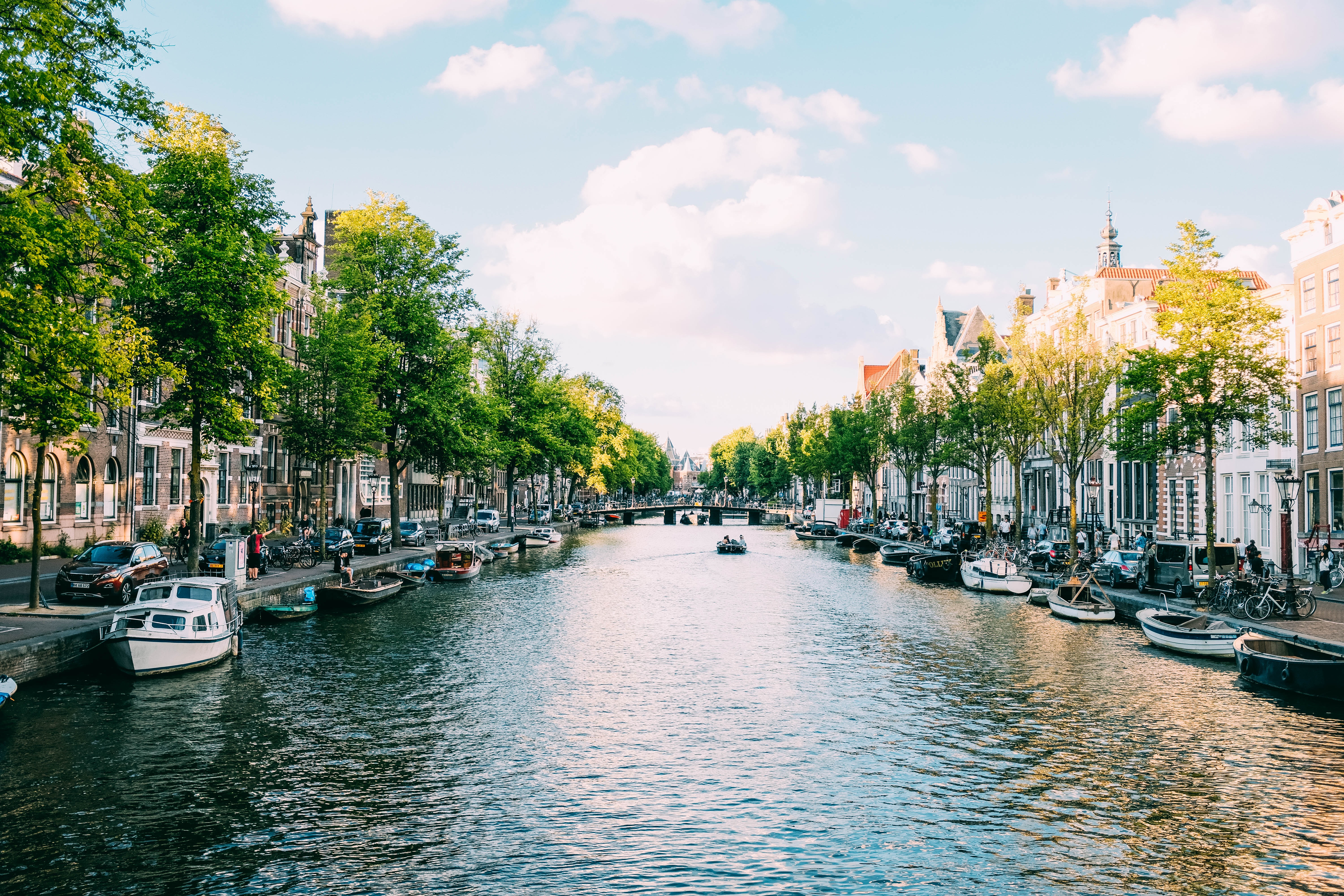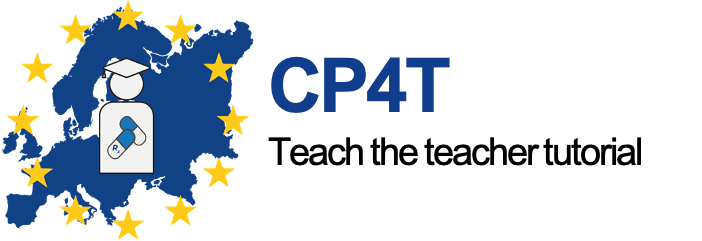Copyrights in education
Topic outline
-
As a teacher, you frequently encounter copyright challenges that require your attention. One common dilemma is determining whether it's permissible to include an image from a book in your PowerPoint presentation. Furthermore, your university likely emphasizes the importance of adhering to copyright laws, adding an extra layer of caution. Navigating intellectual property laws can be complex, particularly due to their varying nature across countries. To assist you in this matter, this teach-the-teacher monograph offers clear and comprehensive guidelines, ensuring you have the necessary instructions to address copyright concerns confidently. -
While there may be occasional exceptions, the following rules generally apply to copyright:
Automatic Protection: When content is published in any medium, such as online or in books, it is automatically protected by copyright laws. This means that the creator of the content holds the copyright unless a different agreement was established (e.g., with a journal publisher or website).
Copyright Holder: By default, the creator of the content is the copyright holder, granting them exclusive rights over its use and distribution. However, these rights can be transferred or shared through agreements like licensing (e.g. with Youtube videos) or assignments (e.g. journals).
Waiving or Modifying Copyright: Copyrights can be voluntarily waived or modified to make them less restrictive. Creators can choose to renounce certain rights or make their work available under permissive licenses, such as Creative Commons. Additionally, copyrights can expire over time, entering the public domain and becoming freely usable by anyone.
-
The default copyright status for creative works is "all rights reserved", often represented by the symbol: ©. Under this type of license, the creator holds exclusive rights over their works, which include the rights to use, copy, distribute, and modify the work. Without explicit permission from the copyright holder, others are prohibited from engaging in these activities.Copyright licenses can be customized by the copyright owner to be less restrictive, clearly defining what is allowed and what is not. This can be achieved through a simple text statement or by utilizing website-specific licenses (e.g. unsplash.com). However, to ensure consistency and ease of recognition, the Creative Commons licenses have emerged as the most widely adopted method for denoting less restrictive licensing terms. Creative Commons licenses provide a standardized framework that allows creators to communicate their desired permissions and restrictions effectively, promoting the sharing and collaborative use of creative works.
Creative Commons licenses consist of a combination of four different elements, each represented by a specific icon:

Attribution (BY): This element requires that proper credit is given to the original creator of the work when it is used or shared.
ShareAlike (SA): This element stipulates that any derivative works created from the original must be shared under the same license terms as the original work.
NonCommercial (NC): This element restricts the use of the work to non-commercial purposes only, barring commercial exploitation without explicit permission.
NoDerivatives (ND): This element prohibits the creation of derivative works, meaning the original work cannot be modified or transformed.
Creators can choose from various combinations of these elements to create a Creative Commons license that best aligns with their intentions. For example, a popular license is the "Creative Commons Attribution" (CC BY) license, which permits others to use, share, and modify the work, as long as attribution is given to the original creator.
If the creator chooses to waive all their copyrights, the CC0 (CC-Zero) license applies. Under CC0, the creator grants unconditional permission to anyone to use, share, modify, and adapt the work for any purpose, including commercial purposes, without requiring attribution or seeking further permission. It is a straightforward and permissive license option that maximizes the freedom for others to use and build upon the work. By using the CC0 license, creators essentially offer their works to the public domain, allowing others to freely use and derive value from the content without being encumbered by copyright restrictions.Other reasons why a work is public domain include:
- Expired Copyright: Copyright protection has a limited duration, which varies by jurisdiction and the type of work. Once the copyright term expires, the work enters the public domain. This means that anyone can use the work without infringing on copyright.
The duration of copyright varies depending on the country and the type of work. In general, copyright protection lasts for a specific period of time from the moment a work is created or published. Here are some general guidelines regarding copyright expiration in several jurisdictions: In most EU countries, copyright protection lasts for the life of the author plus 70 years. However, there are some variations among individual countries within the EU. - Lack of Eligibility: Some works are ineligible for copyright protection, such as facts, ideas, government documents, and works created by the U.S. federal government. These works are automatically part of the public domain.
On the European Open Platform for Prescribing Education (EurOP2E), all materials can at the very least be reused, revised and redistributed. Some materials may be public domain (CC-0), others may require attribution (CC-BY) and/or forbid commercial use (CC-NC), but you will not find materials with NoDerivatives licenses or stricter on this platform.
-
In the EU, educational use of copyrighted materials is typically covered by specific exceptions and limitations outlined in national copyright laws. These exceptions vary across EU member states, as they are implemented differently in each country's legislation. However, there are commonalities in terms of the types of educational uses that may be permitted under these exceptions. Some key considerations include:
Purpose: Educational uses are generally considered to have a specific purpose related to teaching, research, or private study. The use of copyrighted materials should be directly linked to these educational objectives.
Nature of the Work: The exception may be more likely to apply to certain types of works, such as short excerpts from books, articles, or other published works. The use of entire works or substantial portions is less likely to be considered fair dealing.
Amount and Substantiality: The quantity and significance of the portion used should be reasonable and in line with the educational purpose. Using small excerpts or portions is generally more likely to be considered fair use.
Effect on the Market: The use of the copyrighted material should not unreasonably harm the potential market or value of the original work. If the use could potentially substitute the need for acquiring the original work, it may be less likely to be considered fair dealing.
-
 Now that you are aware of which materials can be reused and under what conditions, it is crucial to understand how to do so in a proper and respectful manner. Properly citing and attributing the original sources not only ensures compliance with copyright laws but also acknowledges the contributions of the creators.
Now that you are aware of which materials can be reused and under what conditions, it is crucial to understand how to do so in a proper and respectful manner. Properly citing and attributing the original sources not only ensures compliance with copyright laws but also acknowledges the contributions of the creators.A proper citation includes four things:
- The title (or a description) of the material
- The name of the original creator
- The license under which the material was re-used (including a weblink if applicable)
- The source (with a direct weblink if applicable)
For example, for the image above a proper citation would be:Title: Creative commons license spectrum

Creator: Shaddim
License: CC By 4.0
Source: Wikipedia - creative commons licensesOr, in-line, Creative commons license spectrum by Shaddim, licensed under CC By 4.0
Other examples of good citing practices are:- Amsterdam by Adrien Olichon, licensed under unsplash license
- Starry night by Vincent van Gogh, public domain
- Selfie by <your name>, own material
- My baby photo by <your parents' names>, used with permission
-
-
We ask that you please leave a review about this course
-
 Last updated: May 7, 2023
Last updated: May 7, 2023
Author: Chiel Bakkum
Access: Everyone (discussion teachers only)